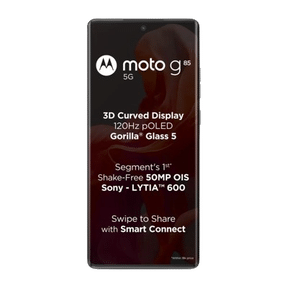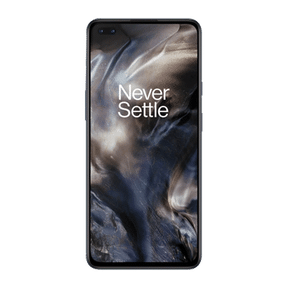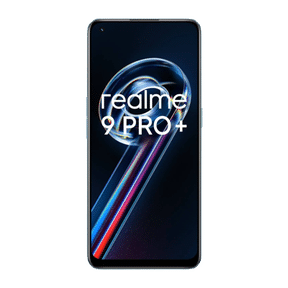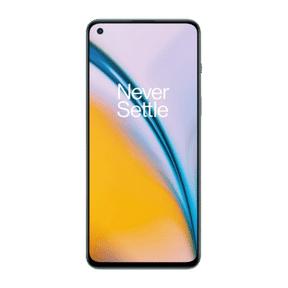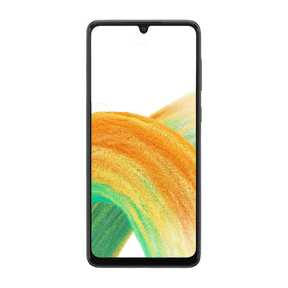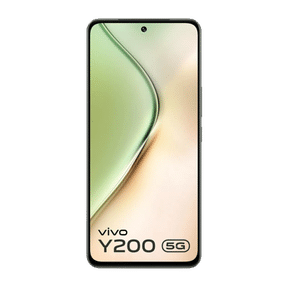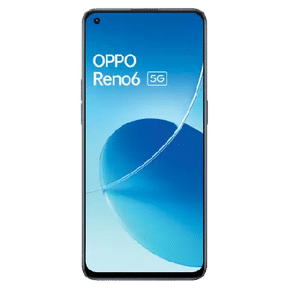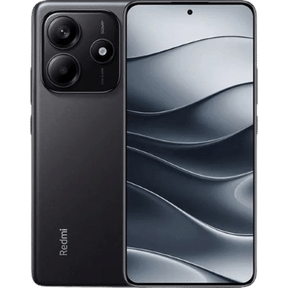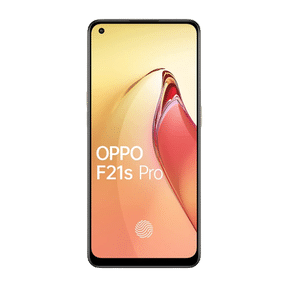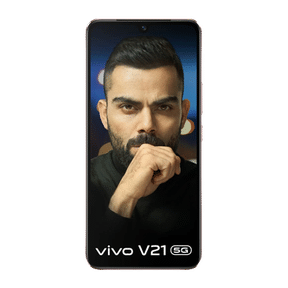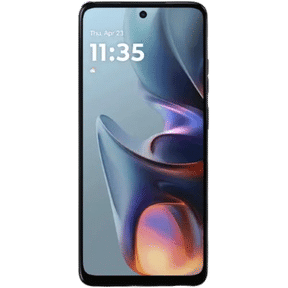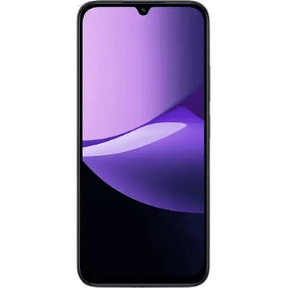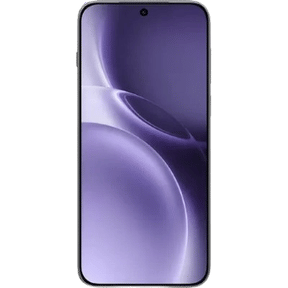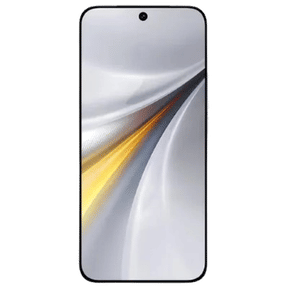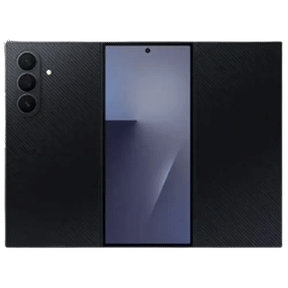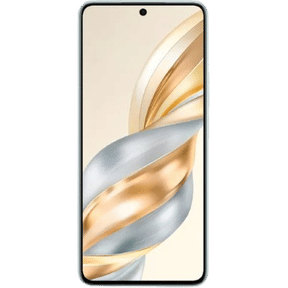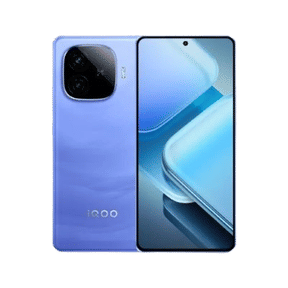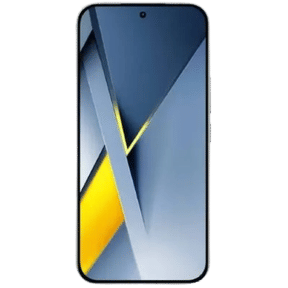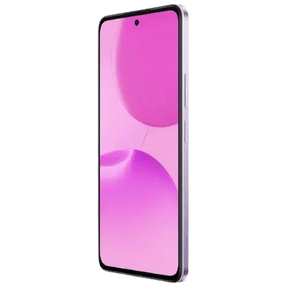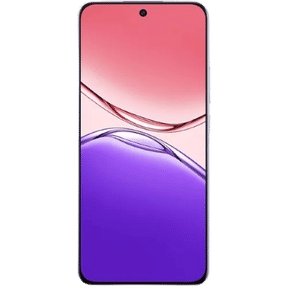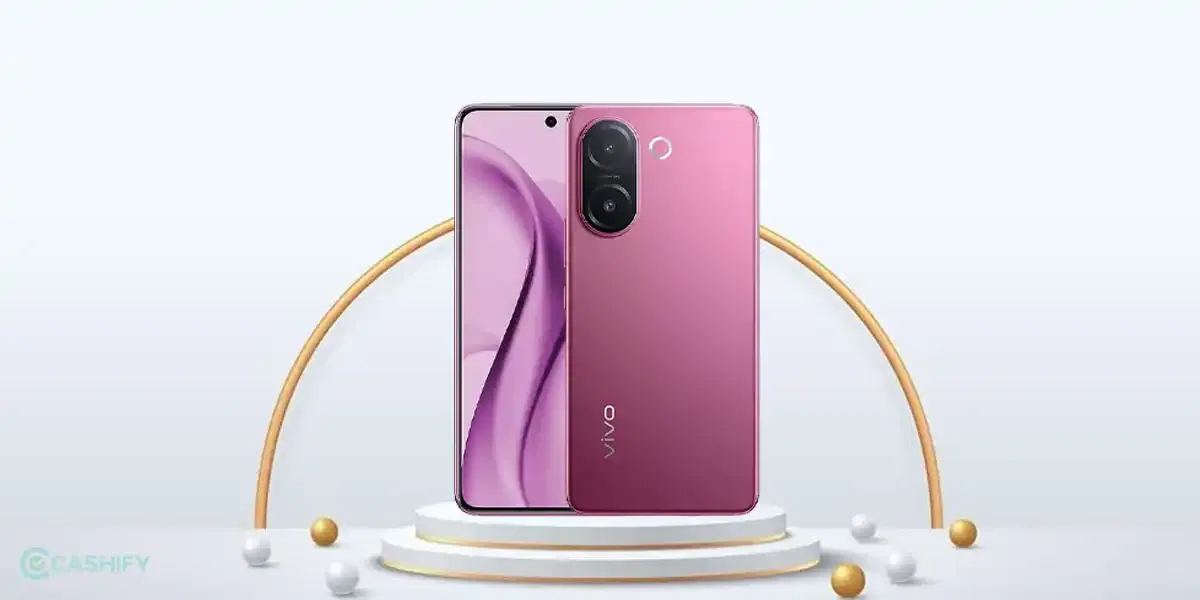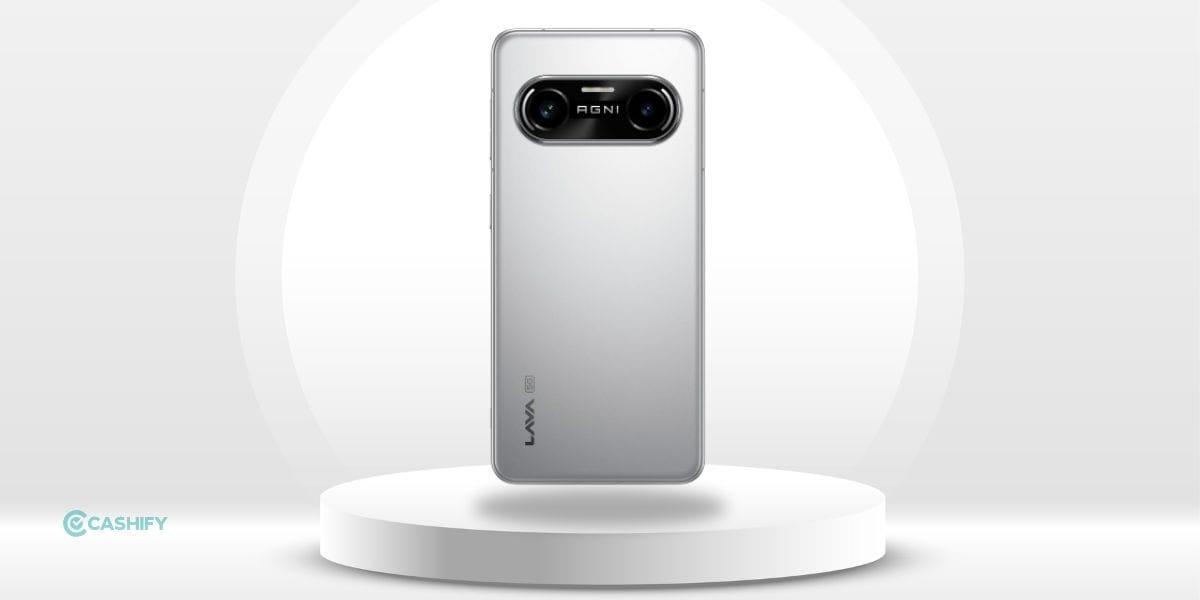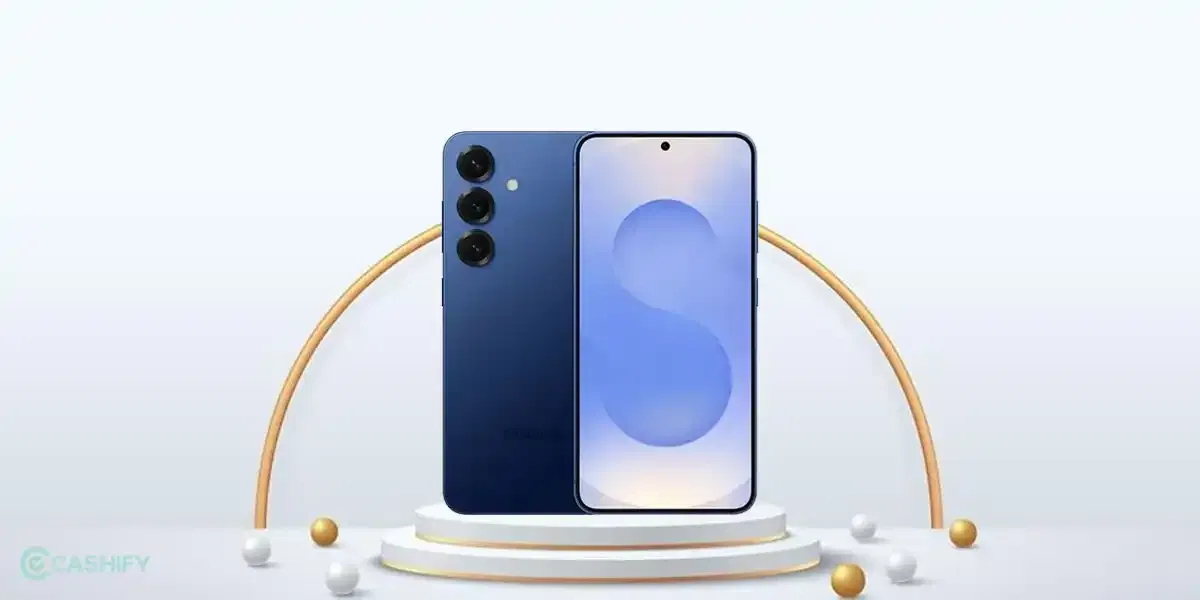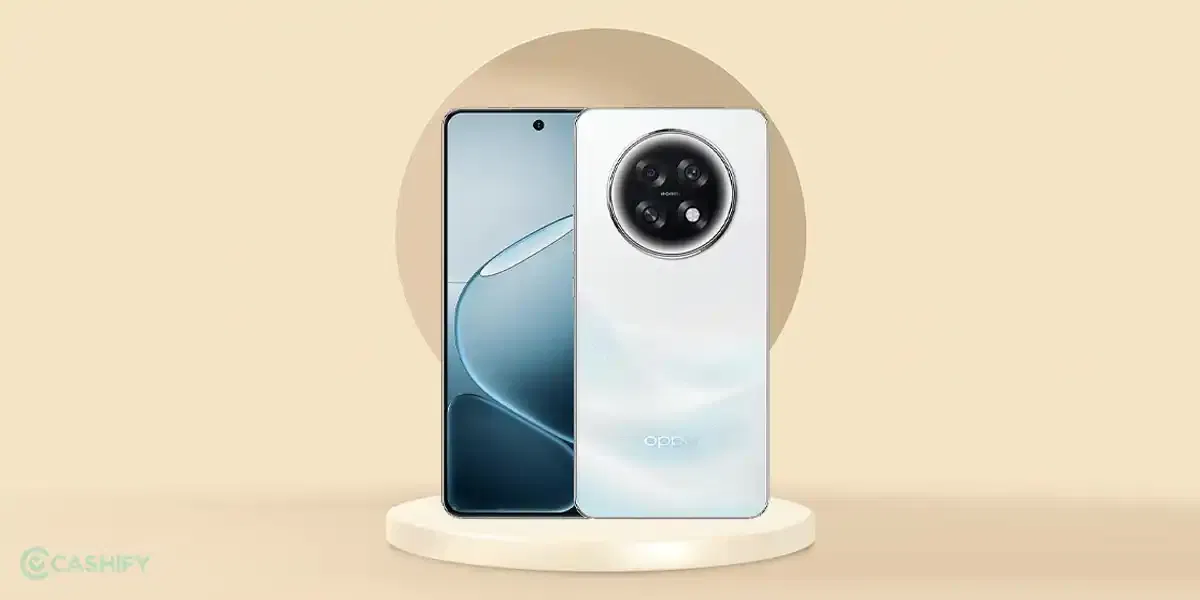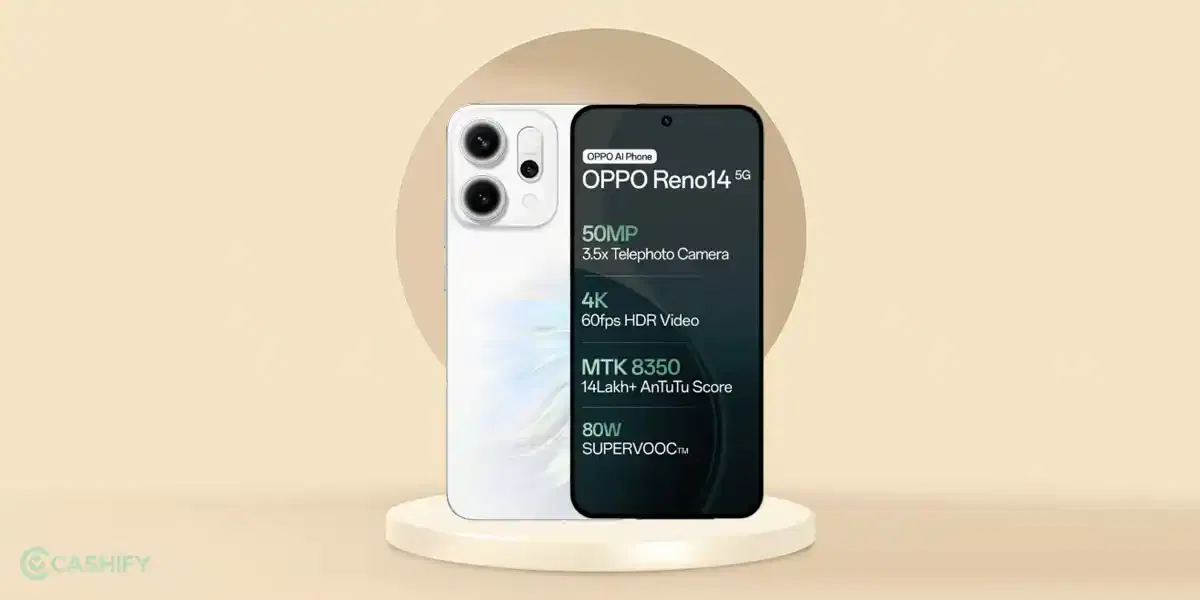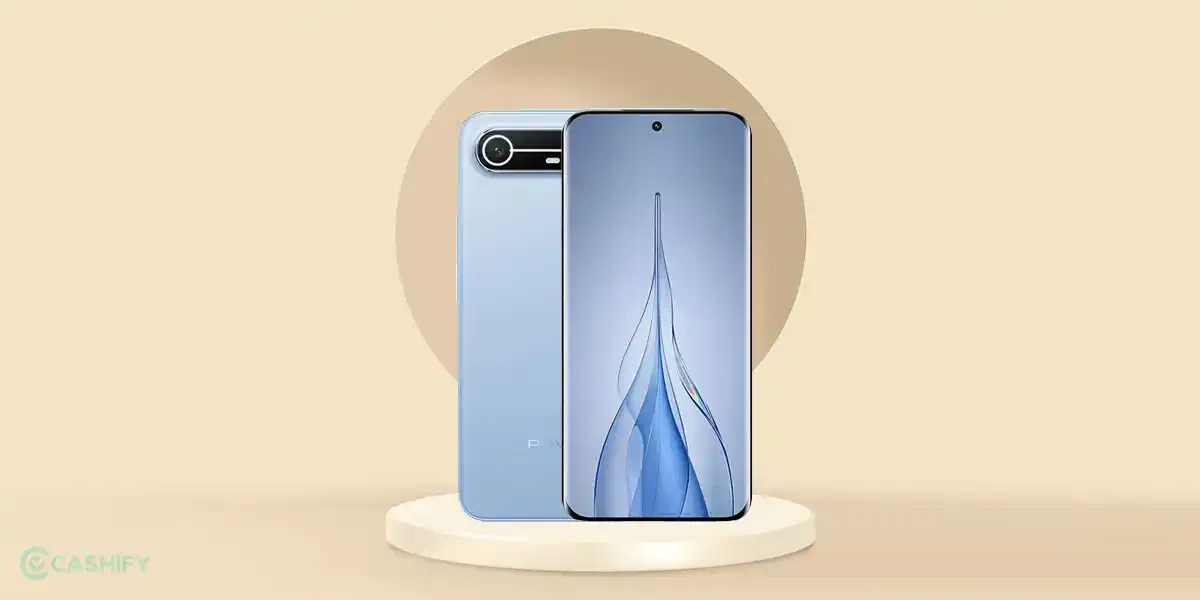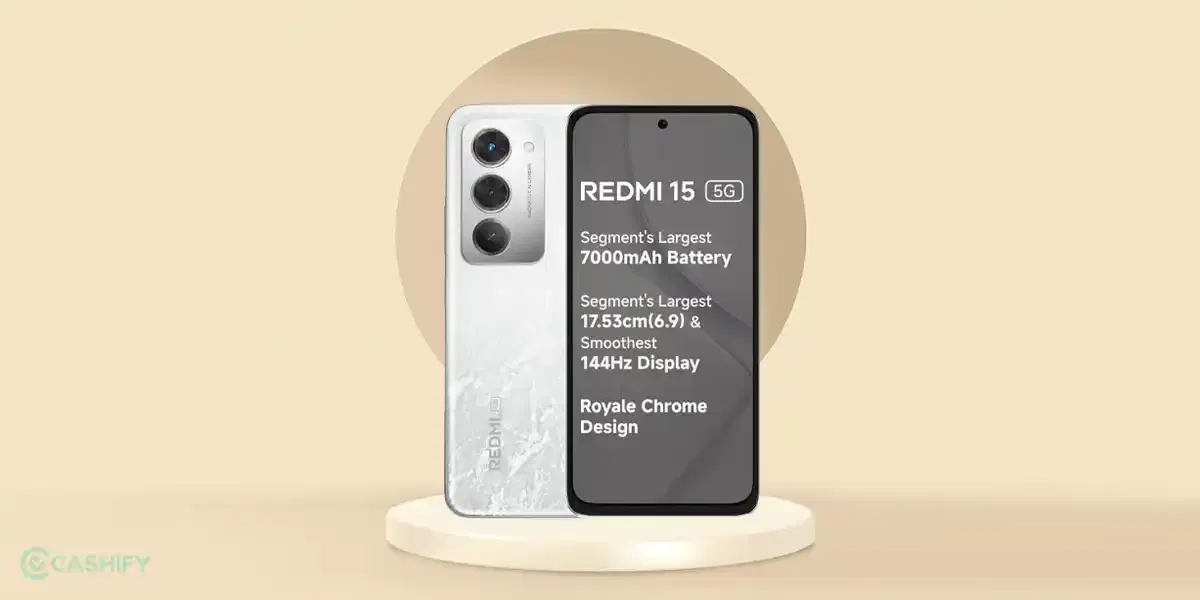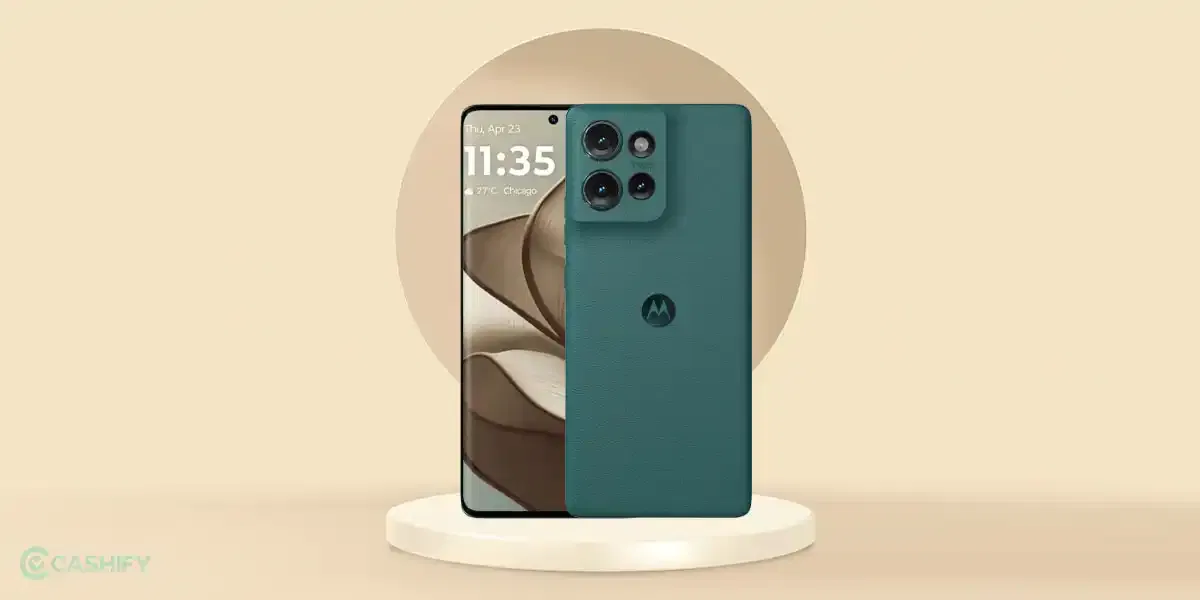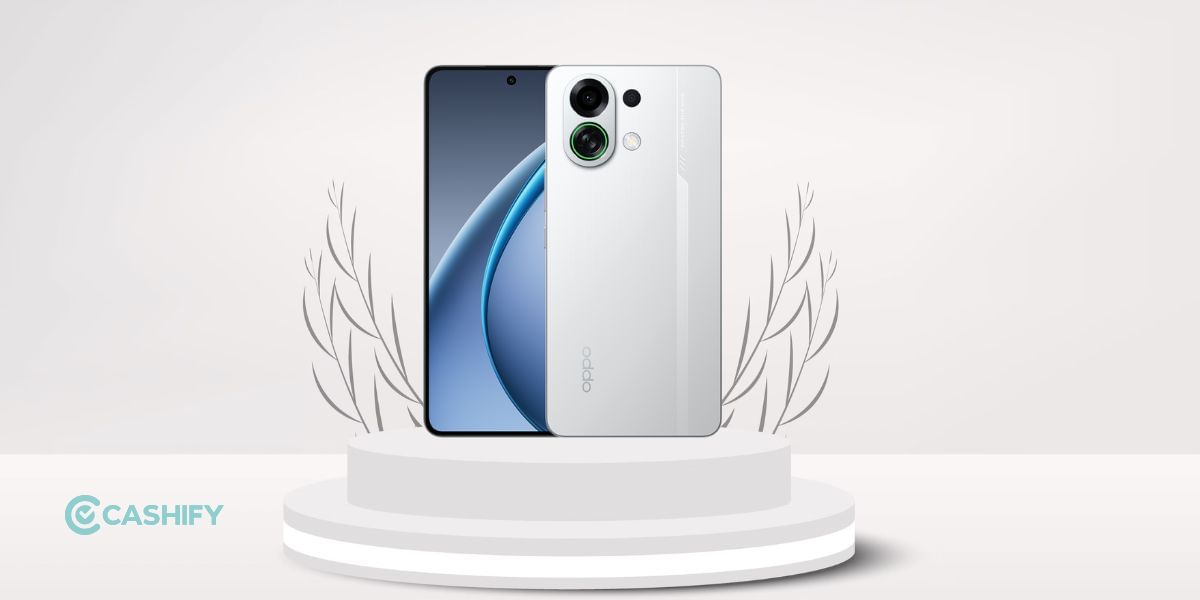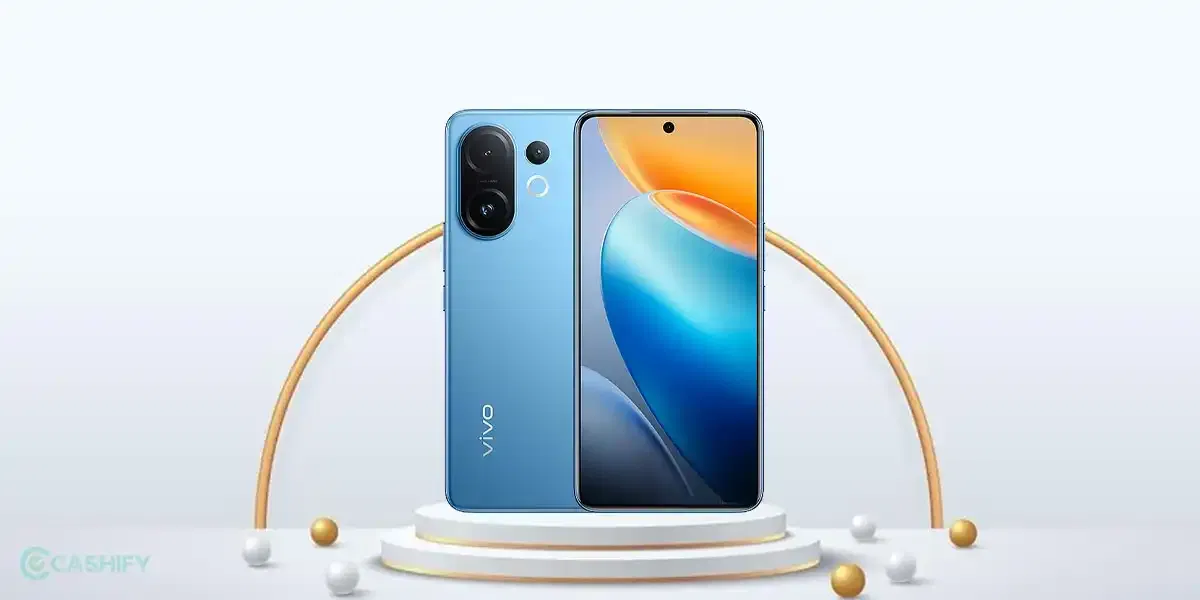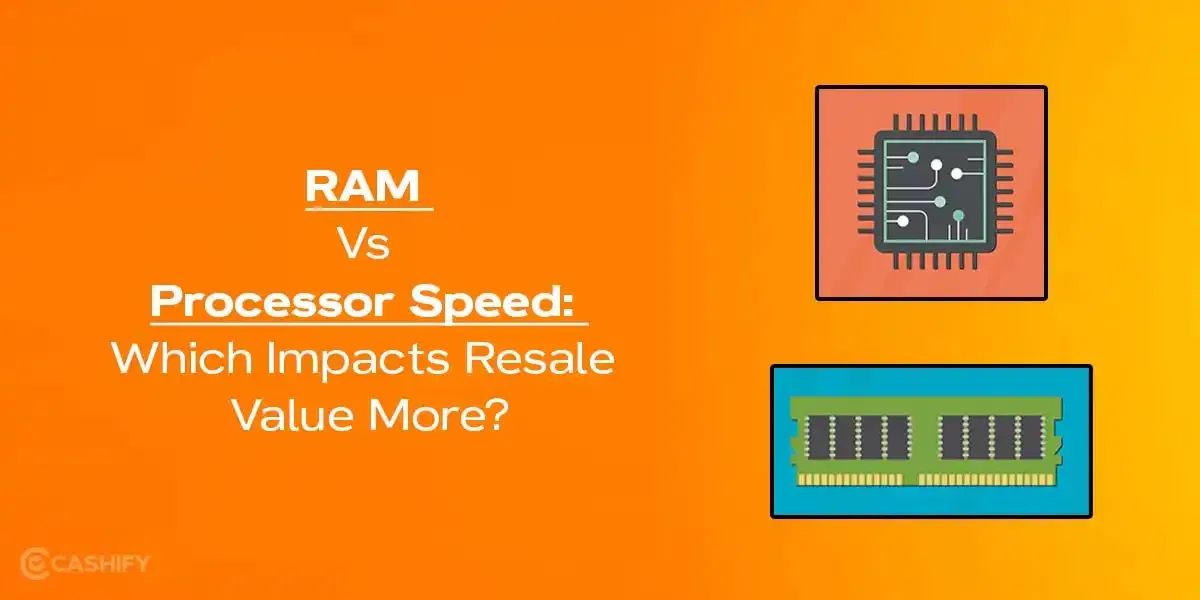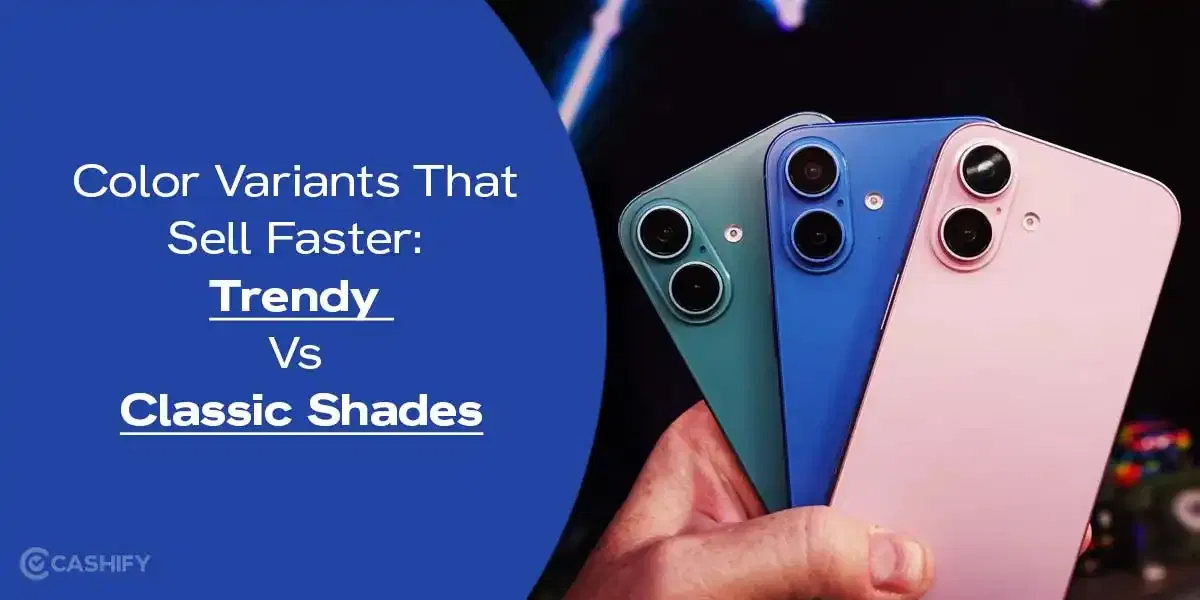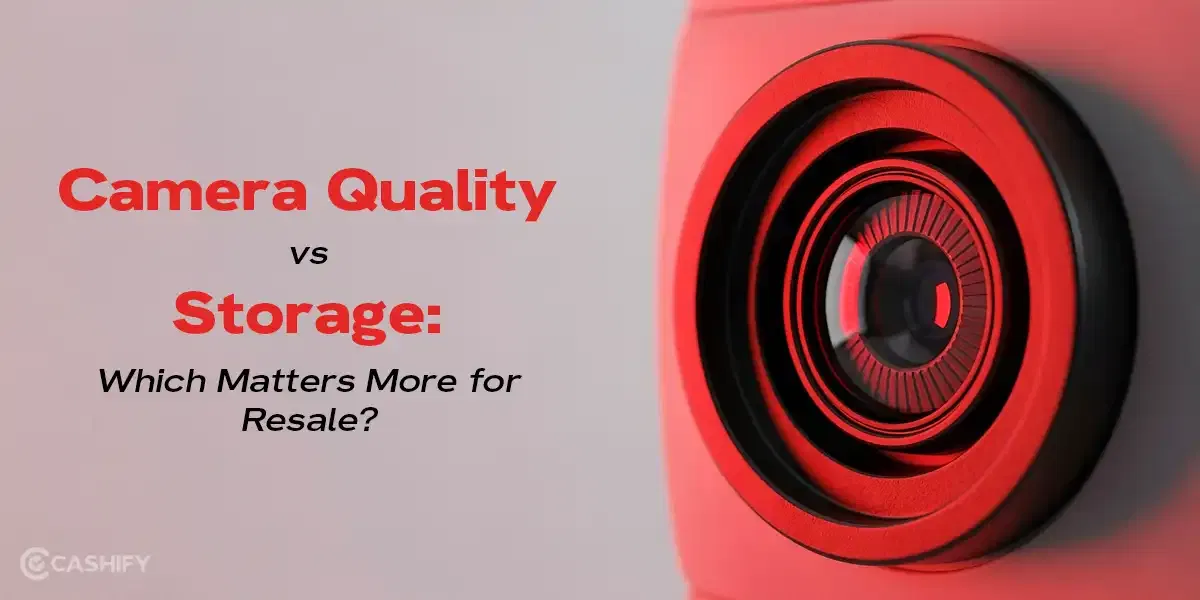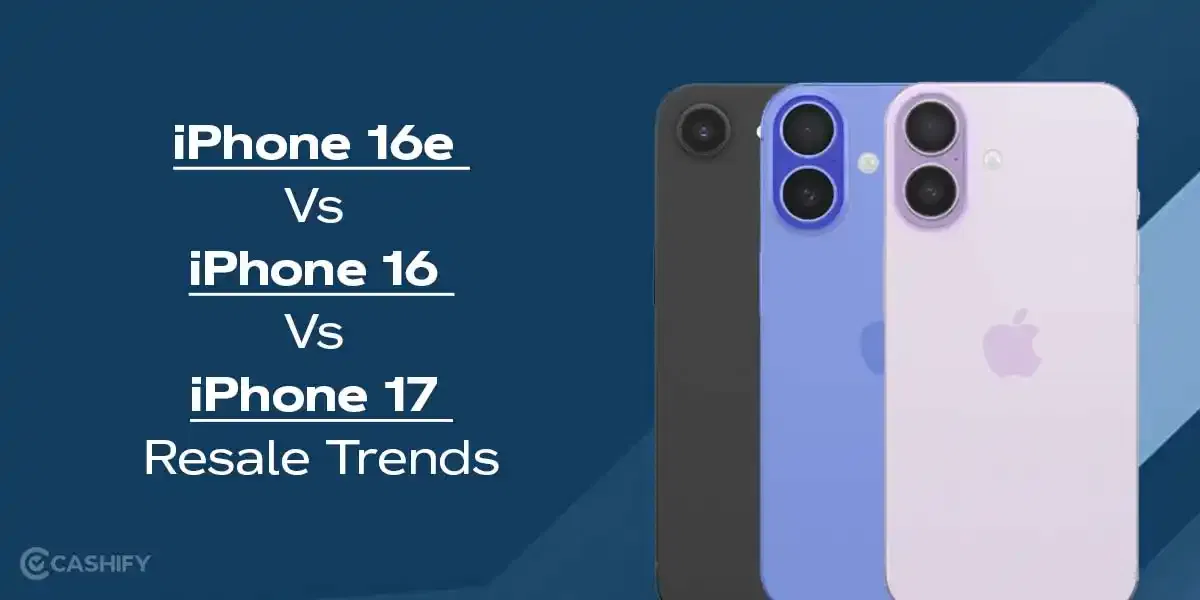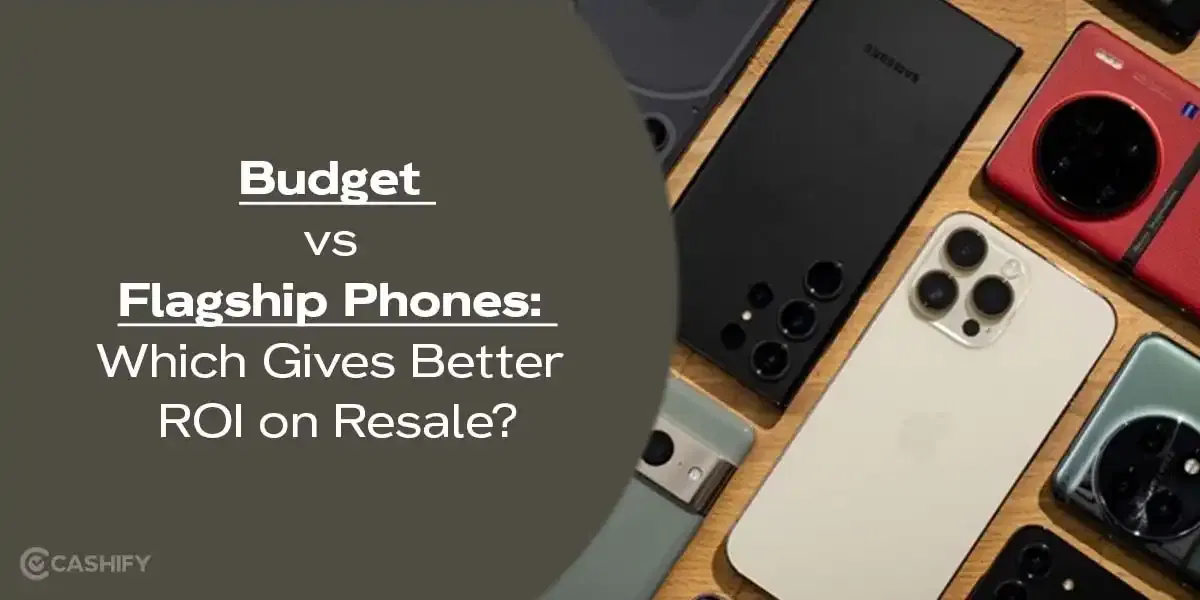
Score
LG V40 ThinQ
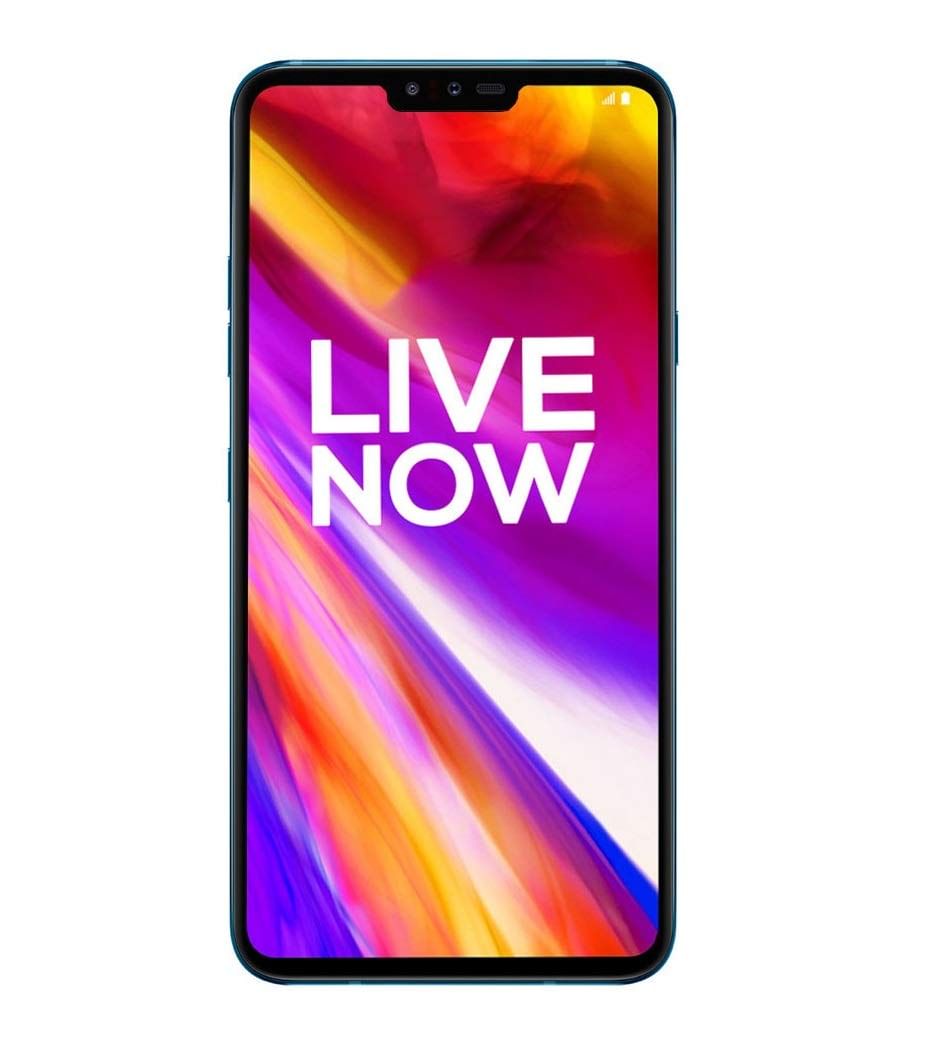
LG comes out with some significant modifications with its model LG V40 ThinQ. Arriving at a price of Rs.44,991, the phone is expensive, but it holds its value with its efficient hardware.
The LG V40 ThinQ appears healthy, and it keeps strength internally as well, due to its potent processor and brilliant camera. However, it does not prepare itself well regarding the battery, which falters when put up against its competitors. If you are looking for a camera phone with the LG-guaranteed brilliant audio, then LG V40 ThinQ is all set to fulfil your desires.
About the Product Overview
The LG V40 ThinQ is the flagship that keeps LG proud. It comes with a few pros and cons:
Pros
- Modifying the G7+ ThinQ, the V40 ThinQ comes with a competitive design which is both ergonomic and premium-looking.
- The display of V40 ThinQ is fascinating, packing a lot of exciting colours which are bright and punchy to look at.
- It comes with wireless charging.
- The phone comes with a capable processor which can hold its own against the competitors due to its incredible speed and app-switching capabilities.
- LG is known for its camera, and V40 ThinQ does not disappoint, with premium quality cameras and features like Triple Shot amping up the already-brilliant performance.
- With DTX Virtual Surround feature, LG V40 ThinQ has an audio quality that can make it special among any audiophile.
Cons
- The phone fails to satisfy with its battery as it tends to drain a lot really fast, keeping it chugging for only a day.
- The phone tends to heat up after a lot of intensive tasks.
- The stereo effect is missing from the speakers.
LG V40 ThinQ is a new flagship. However, it is not a well-rounded phone. The weak battery keeps it behind its current competitors, though V40 ThinQ sparks when it comes to its camera. For any photographer and an audiophile, LG V40 ThinQ will be a decent premium phone to go for.
